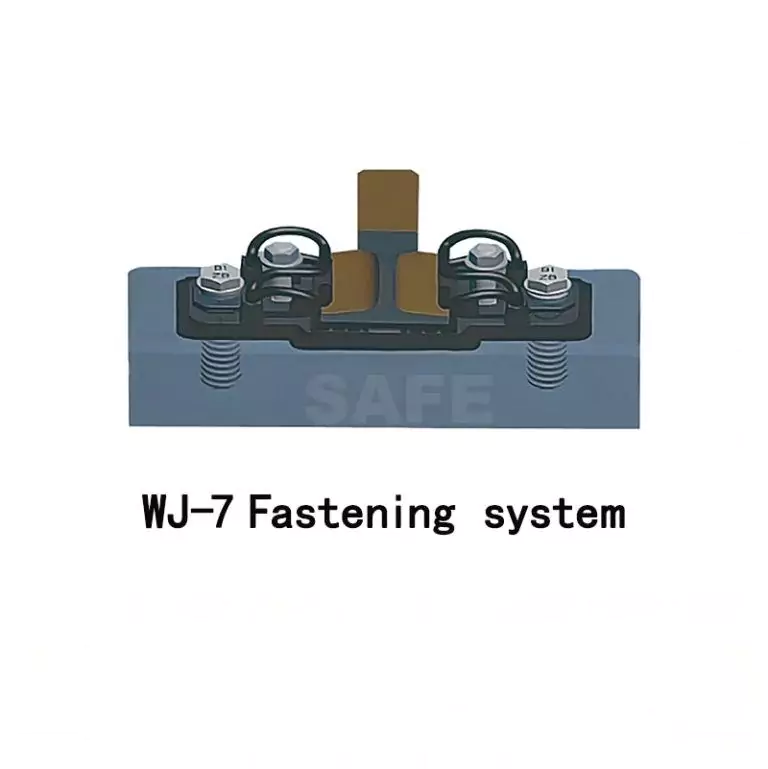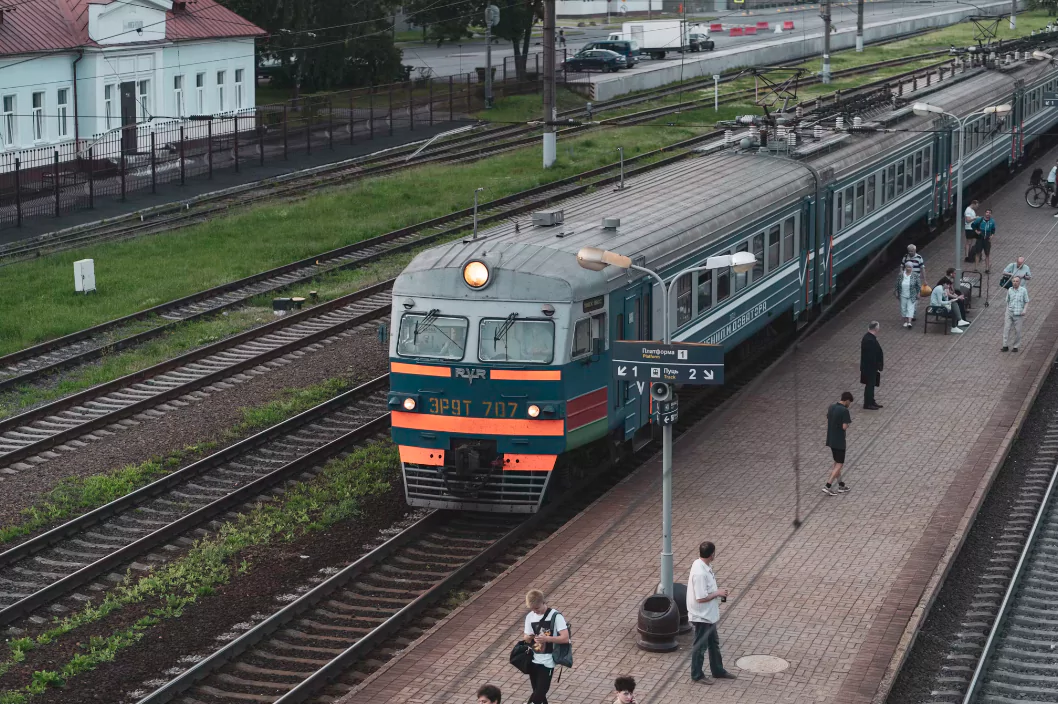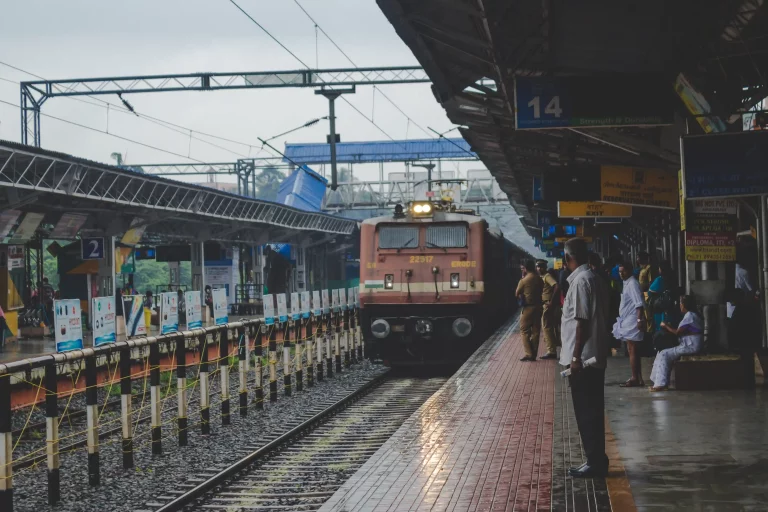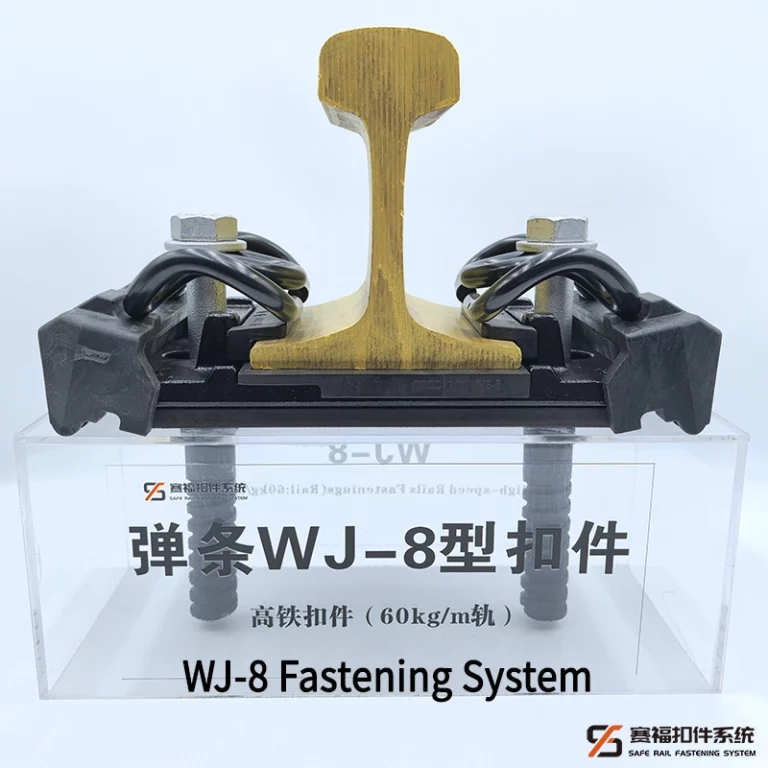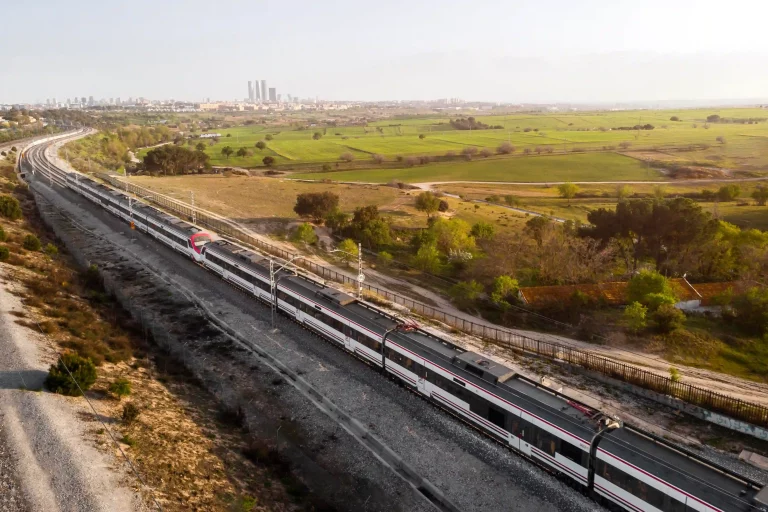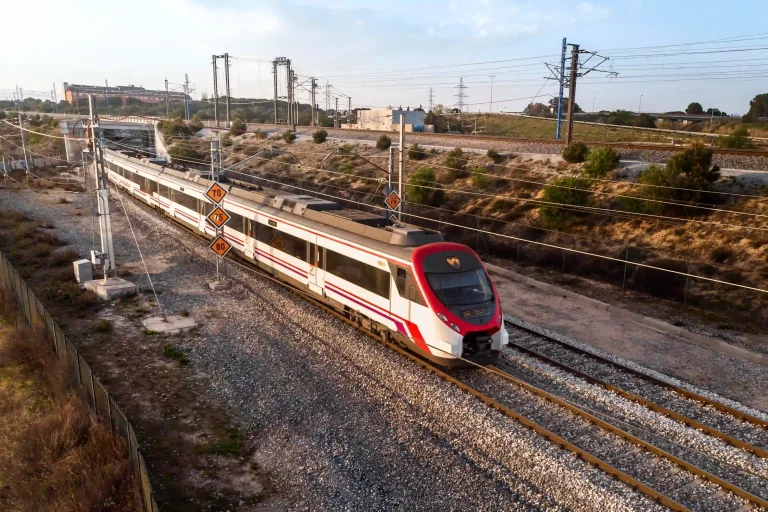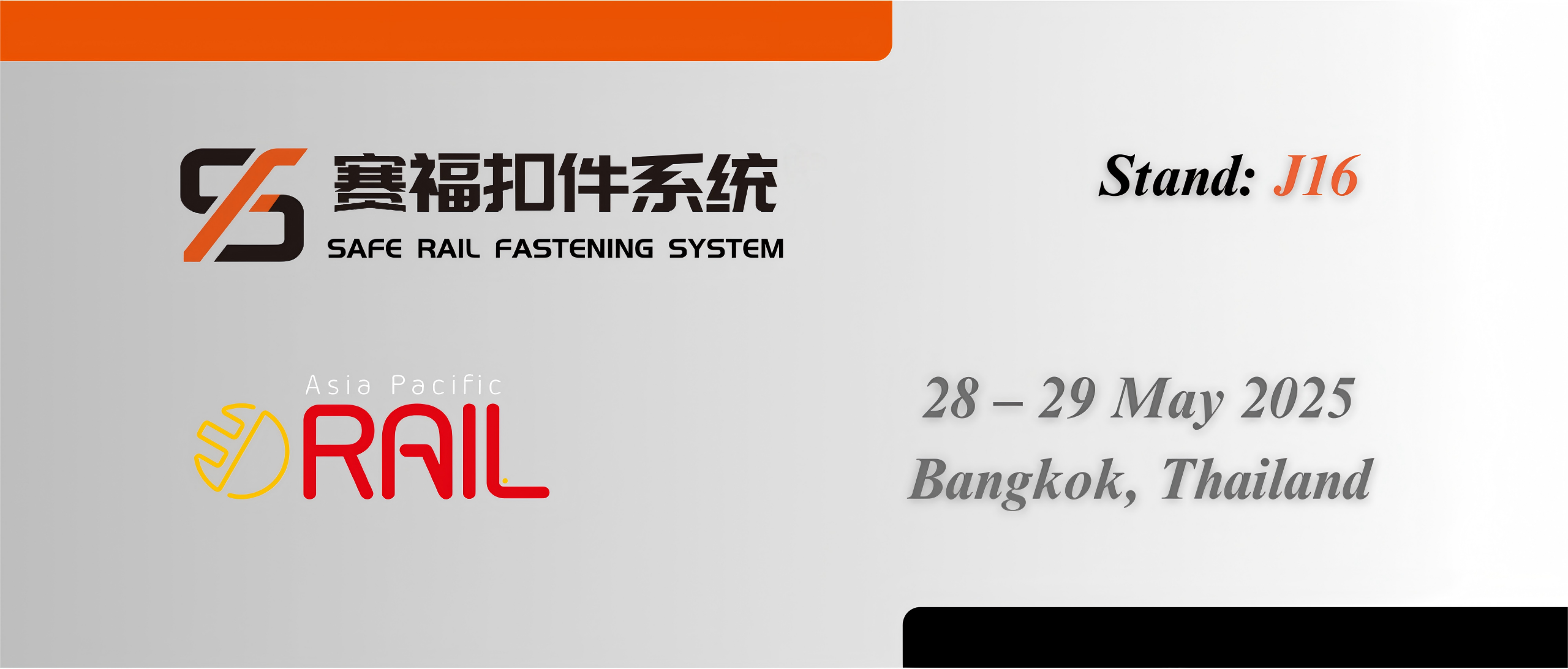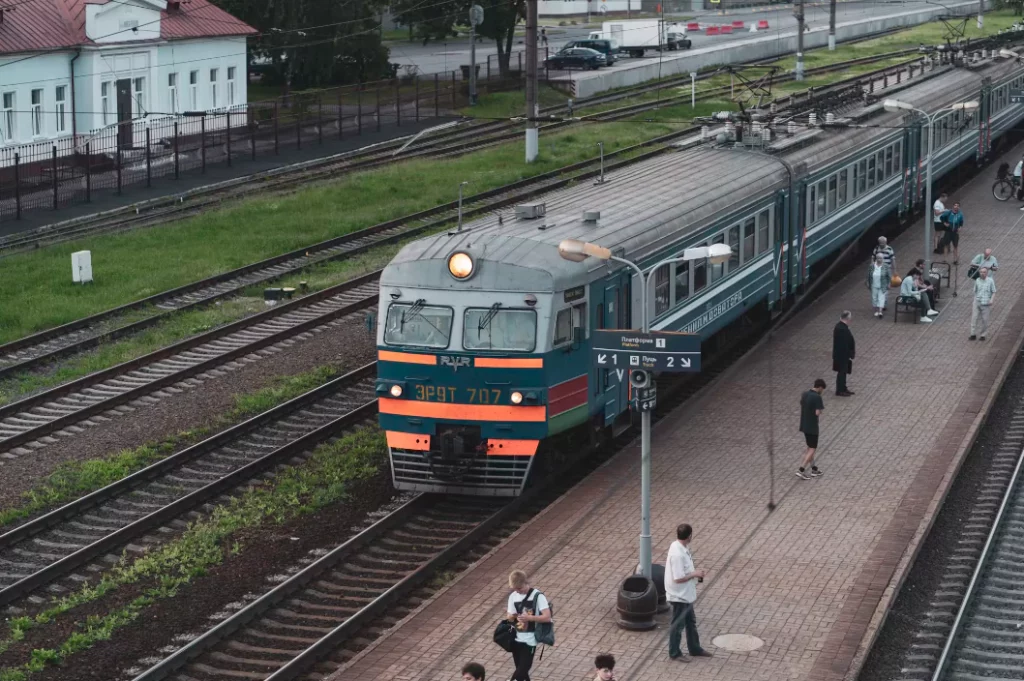
Understanding Rail Fastening Systems
Definition and Importance of Rail Fastening Systems
A Rail Fastening System is essential for maintaining the stability and safety of railroad tracks over time. This system secures the rails to the railway sleepers or ties, ensuring the track gauge is maintained and preventing rail movement under the weight of passing trains. The significance of these systems cannot be overstated; they keep the track aligned, distribute loads evenly, and minimize vibrations and noises, which in turn enhances both the safety and lifespan of railway infrastructure.
Components of a Rail Fastening System
The Rail Fastening System is composed of several components, each playing a significant role in maintaining track integrity. Common elements include rail clips, rail anchors, fastening bolts, and railroad tie plates. Rail clips secure the rails to the tie plates, while rail anchors prevent longitudinal movement of the tracks. Fastening bolts hold the various components together, ensuring a tight and secure fit. Railroad tie plates serve as the base to which rails are secured and help maintain the track gauge.
Located in the heart of China’s manufacturing hub, Zhejiang Province, SAFE boasts a sprawling facility spanning over 50,000 square meters. With a total investment exceeding 50 million RMB, SAFE has established itself as a leading provider of rail fastening systems and railway engineering equipment products.
At SAFE, we prioritize quality and innovation. Our state-of-the-art production lines and laboratories are equipped with over 100 imported automated production and testing equipment, ensuring precision and reliability in every product we offer. We source high-quality raw materials from reputable domestic enterprises, enabling us to deliver rail fastening systems that meet the highest standards.
With an annual production capacity of over 5 million sets of rail fastening systems, SAFE is committed to serving various rail applications, including high-speed rails, conventional rails, heavy-haul rails, metro, and subway rails. Our products are designed to withstand the demands of these diverse environments, providing secure and efficient connections.
Role of Railroad Tie Plates in Railway Safety
Functions of Railroad Tie Plates
Railroad tie plates serve a fundamental role in a Rail Fastening System by providing a stable base for the rails. They help distribute the load of passing trains evenly across the foundation, reducing the wear and tear on both the rails and the sleeper ties. By doing so, tie plates maintain the alignment and gauge of the track and prevent the rails from tilting. Their role in minimizing track deformation under heavy load makes them indispensable for the safety and stability of railways.
Material and Design Variations in Tie Plates
Tie plates come in various materials and designs to suit different kinds of railway tracks and loads. Traditionally, tie plates are made from cast iron or steel due to their strength and durability. However, with advancements in materials science, other materials such as composite materials are also used, offering benefits like reduced weight and enhanced resistance to environmental conditions. The design of tie plates can vary as well, featuring different sizes and bolt-hole configurations to meet specific track requirements and enhance the performance of the entire Rail Fastening System.
Installation and Maintenance of Tie Plates
The installation of tie plates is a detailed procedure that guarantees the secure attachment of rails to sleepers. Mechanized rail fastening production lines, including the automatic tension clamp production line, have automated and enhanced this procedure, ensuring uniform quality and fit. Consistent maintenance is also essential. Tie plates should be inspected regularly for signs of wear and corrosion and replaced as necessary to uphold the integrity and safety of the Rail Fastening System. Proper installation and maintenance of tie plates are crucial for preventing track deformation and ensuring long-term operational safety.
How Rail Fastening Systems Ensure Stability
Preventing Lateral and Longitudinal Movement
A Rail Fastening System is engineered to prevent both lateral and longitudinal movements of the rails. By securing the rails to the sleepers with rail clips and anchors, the system effectively keeps the tracks in their correct position. This is essential for high-speed and heavy-load railways where any shift in the track alignment could lead to severe accidents. The combination of rail anchors and tie plates ensures that the track remains aligned, thus maintaining the safety of rail operations.
Enhancing Track Alignment and Load Distribution
The primary function of a Rail Fastening System is to enhance track alignment and optimize load distribution. Railroad tie plates distribute the load from the rails to the sleepers, while rail clips and anchors keep the rails firmly in place. This holistic approach to load management reduces the risk of track deformation, prolongs the life of railway components, and improves the overall stability and safety of the railway network. By maintaining precise track alignment, these systems also minimize vibrations and noise, contributing to a more comfortable and efficient rail transport experience.
In conclusion, a Rail Fastening System is integral to the safety and reliability of railroads. From the components that make up the system, such as railroad tie plates, to the mechanisms that prevent movement and ensure load distribution, each aspect works in harmony to stabilize and secure the railway tracks. Proper installation and diligent maintenance of these systems are essential in upholding the structural integrity and operational safety of rail infrastructure.
Modern Techniques in Rail Fastening Systems
Innovations in Rail Fastening Technology
The Rail Fastening System has undergone significant advancements recently, driven by cutting-edge technologies and materials. One key development is the Automatic Tension Clamp Production Line, which can manufacture various types of tension clamps used in rail fastening. This automated production line guarantees high-quality output through fully mechanized processes, ranging from cutting and heating to molding and surface treatment. Such automation not only enhances the consistency of the components but also reduces labor costs and production times, thereby boosting the overall efficiency of rail construction and maintenance.
Furthermore, new materials and designs are also revolutionizing rail fastenings. Composite materials and improved alloys offer greater resilience and longevity, with reduced susceptibility to environmental factors such as rust and wear. These materials also contribute to a more sustainable and cost-effective railway infrastructure, aligning with global moves towards greener and more efficient transportation systems.
Benefits of Revolutionary Railway Fastening Methods
Cutting-edge Rail Fastening Systems provide several key benefits over traditional methods. Firstly, they offer enhanced safety due to better material properties and superior design, which ensure reliable performance under various stress conditions. Improved fastening technologies reduce the risk of rail displacement and track misalignment, which are critical for the safe operation of passenger and cargo trains.
Secondly, these systems contribute to lower maintenance costs. Automated production lines and high-quality materials result in components that require less frequent replacement and maintenance, thus reducing long-term operational costs. Additionally, these modern fastenings are designed for easier installation and replacement, which further minimizes downtime and labor expenses.
Finally, the integration of advanced fastening systems can result in a significant enhancement in railway performance. Improved load distribution, along with reduced vibrations and noise, greatly elevates the ride quality for passengers. This aspect is especially critical for high-speed rail services, where precision and stability are essential. Effective and dependable Rail Fastening Systems therefore play a crucial role in providing a smoother, safer, and more comfortable rail transport experience.
Ensuring Efficiency with Rail Fasteners
Improvement in Passenger and Cargo Safety
A well-designed Rail Fastening System is foundational to improving the safety of both passenger and cargo trains. These systems ensure the rails remain securely in place, preventing derailments that could have catastrophic consequences. By keeping the tracks aligned and stable, fastening systems help mitigate risks associated with high-speed travel and the transportation of heavy or hazardous goods.
Moreover, the durability of modern fastenings means fewer instances of track failure due to component wear or breakage. This reduces the likelihood of accidents caused by track defects. Advanced systems also incorporate features that absorb vibrations and shocks, providing a smoother ride and further enhancing the safety of onboard passengers and cargo.
Contribution to Overall Railway Efficiency
Efficiency in railway operations is significantly boosted by a robust Rail Fastening System. Such systems streamline maintenance processes, thanks to their durability and ease of inspection. Automated production and installation methods reduce the time and human resources required to maintain the railway tracks, allowing for more frequent and thorough inspections without causing major disruptions.
In addition to simplifying maintenance, well-designed rail fasteners enhance the lifespan of rail components. By distributing loads evenly and mitigating the effects of continual stress and vibration, these systems extend the longevity of rails, ties, and other associated infrastructure. This not only guarantees smoother and uninterrupted service but also results in long-term cost savings by decreasing the need for frequent repairs and replacements.
Conclusion
Modern Rail Fastening Systems play an indispensable role in the sustainability and safety of railroad tracks. Through the use of innovative technologies and new materials, these systems enhance the reliability and longevity of rail infrastructure. The integration of automated production processes ensures consistent, high-quality components that contribute to safer and more efficient railway operations. With the added benefits of improved load distribution, reduced maintenance costs, and enhanced safety for passengers and cargo, investing in advanced Rail Fastening Systems is a strategically sound decision for any rail network looking to boost performance and ensure longevity.
Ultimately, the development and maintenance of a robust Rail Fastening System are vital for maintaining the structural integrity and operational safety of railroads around the world. Ensuring the correct placement and stability of tracks through sophisticated fastenings is crucial for the future of rail transport, making it more efficient, safe, and sustainable for generations to come.
Operating under the ISO9001 Quality Management System, ISO14001 Environmental Management System, and IS045001 Occupational Health Management System, SAFE upholds stringent quality control measures. We have implemented the “6S” Management System, ERP Management System, and JIT Production Management Method to ensure streamlined operations and customer satisfaction.
Our dedication to quality and safety is further demonstrated through our compliance with CRCC Product Certification and TUV Certification implementation rules and standards. We strive to meet the expectations of both domestic and international markets, offering a comprehensive range of rail fastening solutions.
Choose SAFE Rail Fastening System for your rail projects and experience the difference that our high-quality products and exceptional service can make. With our commitment to excellence and adherence to industry standards, we are your trusted partner in the rail fastening industry. Discover the SAFE advantage and elevate your rail infrastructure with our reliable and innovative solutions.



